I prefer the TDR approach, I think you'll find your pcb house is likely using tools and software from polar instruments. These seem to be fairly popular in the fab shops, and they may only be testing the impedance at say 1MHz unless you specify something different.

Their goals are a bit different from an engineer who might want to understand the impedance over frequency, extract S-param models, or really understand or debug a specific trace. I'm not a fan of the VNA, it's a great tool, but can be complex for beginners to setup and calibrate. For PCB impedance work and model extraction I prefer the Lecroy Sparq. Under the hood it's a TDR but with a bunch of software to give
you a more VNA like performance. Pretty easy to use.

You could try to make your own TDR if you have a good scope and a fast enough pulse generator. Not too long ago I had a good scope and no TDR, but I got a $100 high speed opamp from Analog devices with ps rise times. I was able to use that as the pulse generator and the scope as the receiver. It performed admirably for $100 :)

